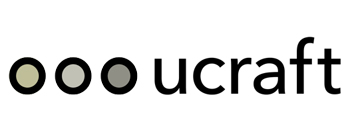
Ucraft was founded by Gev Balyan in Yerevan, Armenia in 2014 as a way for the average user to create a highly visual, beautiful, and functional website in minutes. With offices in Los Angeles and a CMS Critic Award, Ucraft is not letting its status of ‘new kid on the block’ deter it from achieving great things.
But in a field already dominated by the likes of huge companies like Wix and Weebly, what does Ucraft offer that they do not? We signed up to take a closer look.
Can #Ucraft compete in the crowded #websitebuilder market? Click To Tweet- Pros and Cons
- Getting Started
- Ease of Use
- Template Selection
- Blogging with Ucraft
- eCommerce with Ucraft
- Ucraft Premium
- Conclusion
Pros and Cons
- Pros
- Cons
- The website builder designed by Ucraft is one of the most streamlined and easy to use we’ve ever experienced. Everything is easy to find and adding elements and new pages is a snap. Everything can be done with the click of a button, including change themes – a feature not even offered by the biggest players like Wix.
- Ucraft has a great blogging platform. The CMS makes it easy to make changes and edits on the fly using an intuitive and straightforward posting system. In our tests, we found it to be a more refined version of WordPress.
- Ucraft offers a selection of nearly 40 professionally designed templates for free. They are really well made and function as a great starting point from which to begin building a highly functional website with a great user experience.
- Ucraft is not a good platform for building big websites. With a focus on single-page designs, Ucraft is definitely not a good choice for anyone who plans on building a page-heavy site. This is not to say that it is impossible on the platform, but rather that there are better options if a massive website if your ultimate goal.
- Ucraft does not have a proprietary eCommerce solution. It instead relies on the Shopify platform and the feature is still in Beta. This means that there can be bugs and flaws in the system – something no web store owner should have to deal with.
- Ucraft does not offer knowledge base accessibility from the builder software. This forces users to have a separate window open at all times, which can really interfere when you’re on a website building roll. Instead, Ucraft assumes users will defer to their chat function for any questions they may have, but that represents another problem. There is a chat function that hovers on the lower right hand corner of the screen. While is is nice that Ucraft wants to make their customer service available to users at all times and on any page, it can become intrusive and annoying as you are building your site and there is no way to remove it. Additionally, when we tested the builder, there were no humans to speak with using the feature, making it even more pointless.
Getting Started
Signing up for Ucraft is a breeze. Users are first prompted to choose one of 36 templates, which are divided into categories like Sports, Art, Portfolio, and Blog. Once you select your template, you simply choose a website title (using the .ucraft.me domain), enter your name, email, and a password and you are set to go. No confirmation email is necessary to begin customizing your template.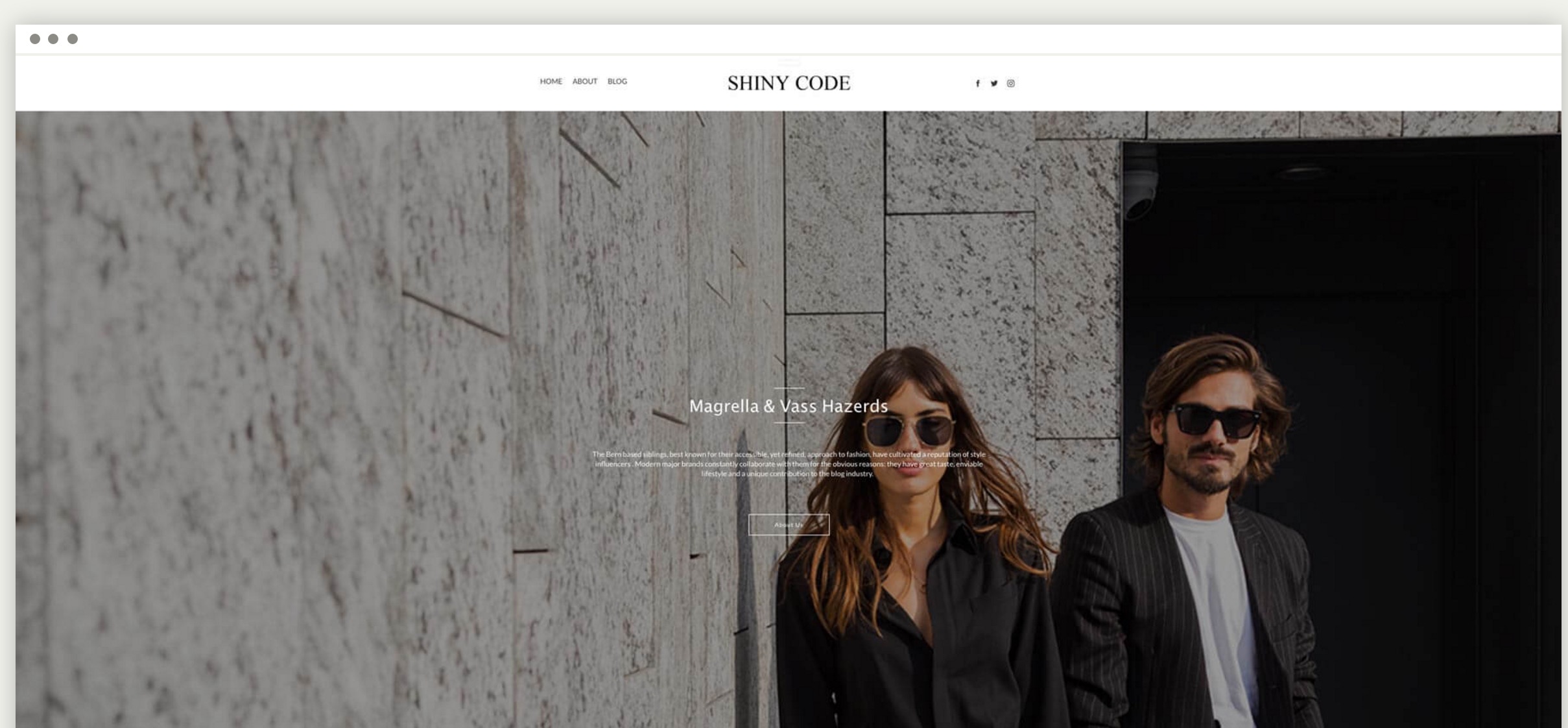
After signing up you are forwarded to the editor platform where you can choose to either watch a short video or begin editing. We always prefer to skip straight to the editor to determine how intuitive the software is and, in that regard, Ucraft did not disappoint. The editor has a straightforward design with a website preview that dominates the screen and a series of tools neatly laid out on a sidebar on the left.
Ease of Use
Everything you do on the Ucraft platform is controlled using the buttons on the sidebar:
Preview – The preview features allows you to see what your website will look like and how it will function on a desktop, tablet, or smartphone. We really liked that Ucraft included the ability to test the site in both portrait and landscape modes.
Dashboard – The dashboard menu offers most of the tools you will need to add features to your website. This includes media, pages, a Shopify site, articles, and even a logo making tool. Many of these tools can be found on the website builder sidebar.
Blocks – The blocks icon expands to offer users various blocks that are used to build a standard homepage. These include headers, bodies, and footers. Adding new blocks requires just a few seconds of loading, but can add a lot of functionality and information to a site.
Elements – Using the element menu, users can add images, galleries, logos, forms, maps, countdowns, and more. This is your main gateway for inserting media onto your website.
Colors – As evidenced by its name, the colors menu allows you to choose any color you want and simply drag and drop it on the part of the site you want changed.
Effects – Dynamic websites are no longer just for the pros. Using Ucraft’s effects menu, users can add parallax and various fade effects to create a truly interactive experience.
Progress Bar – The progress bar will tell you what you have completed in the website building process and what still remains. This is represented by a battery icon which is filled as you progress.
Ucraft has an extremely intuitive builder platform that is either on par, or perhaps even better, than the more well-known website builders. We found it extremely easy to use, but Ucrafts claim of being able to design your own site in minutes might be a stretch.
Template Selection
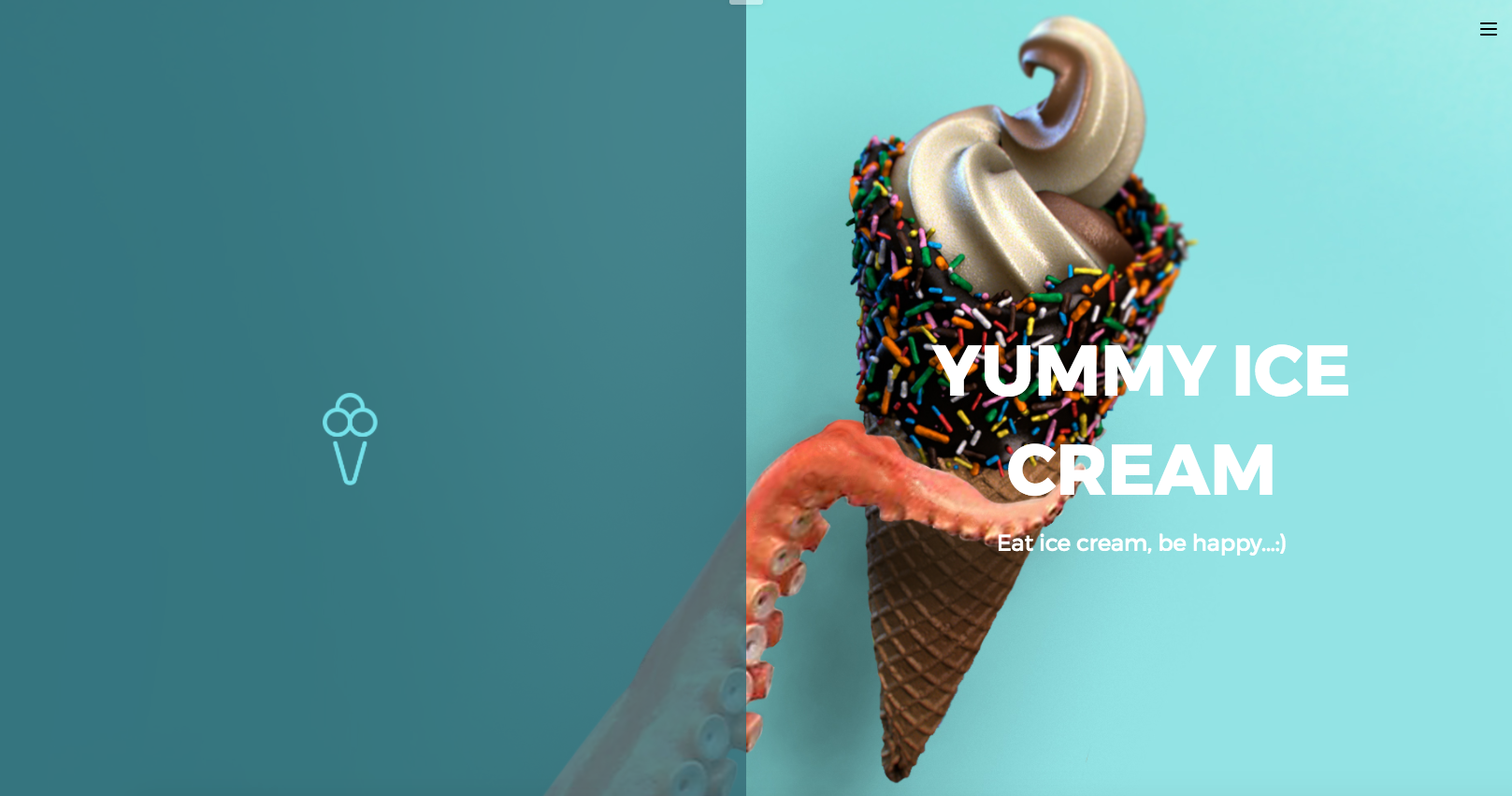
There are 36 templates you can choose from when you sign up for Ucraft. They are categorized by ideal function and unlike other website builders, all of the themes are free. While the selection is small, Ucraft sees themes as a jumping off point from which users can completely customize an original looking website.
All of the templates are professionally designed by a team with a focus on user experience. This means that they are built to be easy to navigate and understand by visitors upon first glance. They also feature a responsive design, which ensures that your site will look good on any device.
The themes are well designed, but perhaps not on par with more premium sites like Shopify.
Blogging with Ucraft
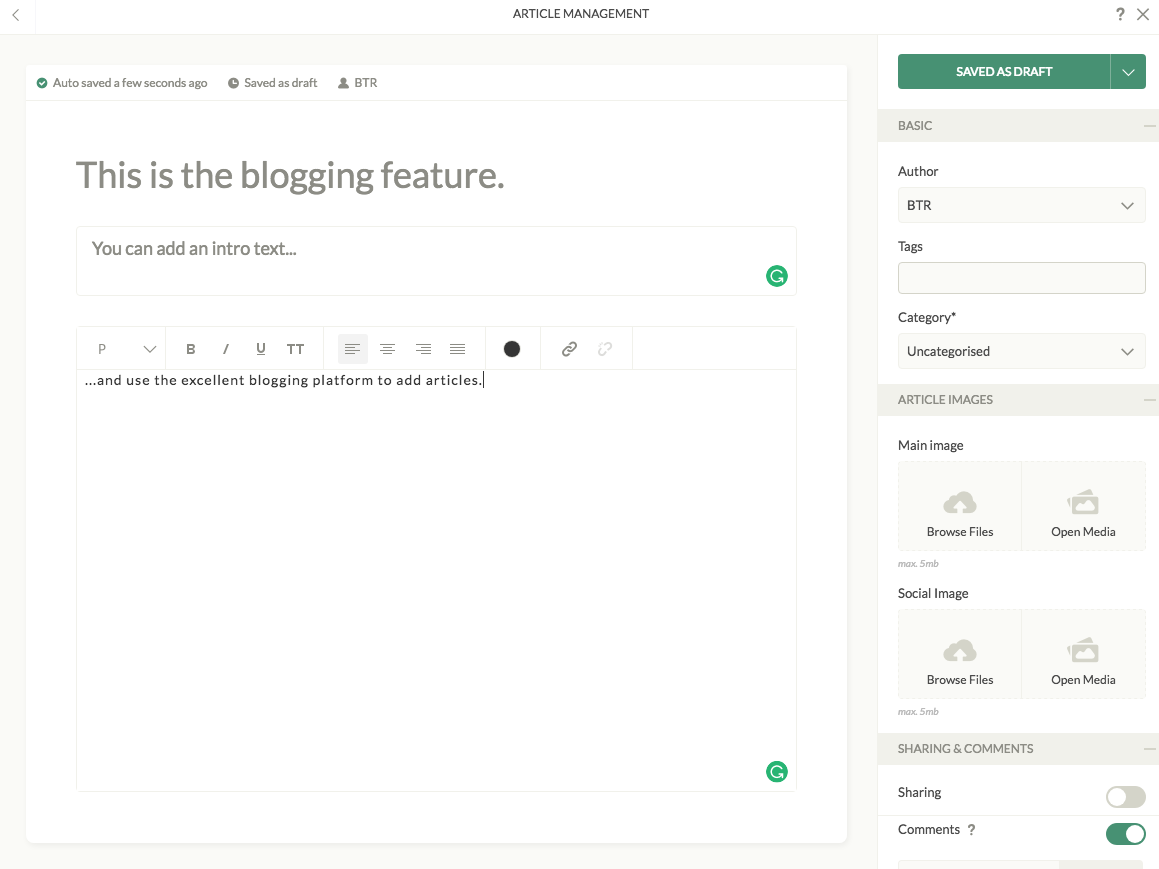 Ucraft is a great platform for blogging. This is because it functions like, and in fact is, a content management system (CMS). Adding a blog page takes a few clicks and, although Ucraft calls them articles, they function exactly like blogs. We found the CMS to be incredibly easy to use and even on par with WordPress in terms of usability and features.
Ucraft is a great platform for blogging. This is because it functions like, and in fact is, a content management system (CMS). Adding a blog page takes a few clicks and, although Ucraft calls them articles, they function exactly like blogs. We found the CMS to be incredibly easy to use and even on par with WordPress in terms of usability and features.
Adding or removing comments and sharing buttons is as simple as flicking a switch and all of the basic features like authorship, tags, categories, and main/social image selection are clearly laid out. There are even some basic SEO tools which allow for search engines to know exactly what your content is.
eCommerce with Ucraft
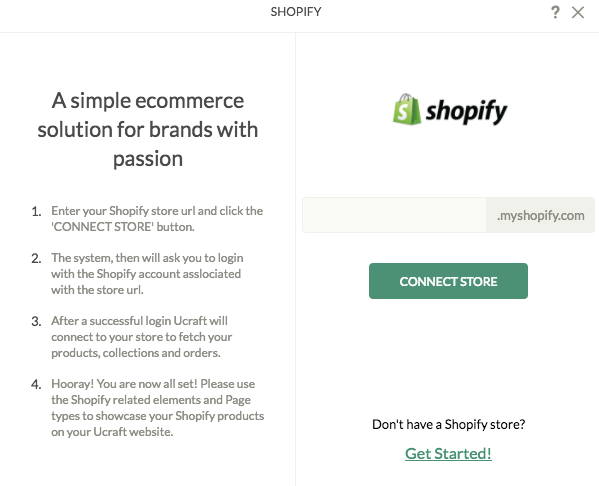 Ucraft’s eCommerce solution is underwhelming. Instead of a proprietary system, Ucraft integrates Shopify software. Now, Shopify is a solid eCommerce option, but the fact that Ucraft integrates it into their platform begs the questions of why one wouldn’t simply open a store on Shopify, foregoing Ucraft completely. Additionally, the Shopify feature is still in beta. This means that users are essentially testing the add-on and could encounter bugs. This is not a risk that any online business should take.
Ucraft’s eCommerce solution is underwhelming. Instead of a proprietary system, Ucraft integrates Shopify software. Now, Shopify is a solid eCommerce option, but the fact that Ucraft integrates it into their platform begs the questions of why one wouldn’t simply open a store on Shopify, foregoing Ucraft completely. Additionally, the Shopify feature is still in beta. This means that users are essentially testing the add-on and could encounter bugs. This is not a risk that any online business should take.
With a half-baked eCommerce solution, Ucraft is definitely not the first place you should look to build an online store.
Ucraft Premium
Ucraft is a free service for anyone looking to create a website without any frills and little content. When signing up for Ucraft, however, you are automatically enrolled in a 14-day period in which you are given all of the features of the premium software. If you enjoy it and believe that it works for you and your users, you can purchase a premium plan.
The premium plan costs $8 per month (or $77 annually if paid in full). With it comes a free custom domain, the ability to add unlimited content, multilingual site support, the ability to add Shopify, and 24/7 customer support. There are also several add-ons available.
eCommerce integration with Shopify costs an additional $29 per month. This, of course, does not include any additional charges you will incur when using Shopify, such as payment processing fees. A suite of designer tools is also available as an add-on for a one-time payment of $2.99. These tools allow you to change typography and create customized buttons and form fields, a fairly thinly packed feature that one would normally expect to find for free.
Conclusion
Ucraft is a nice little addition to the website building market. Packed with great features and a really excellent builder tool, it has the chops to contend with some of the leaders in the field. Still, some of the features such as eCommerce and the baffling charge for the extra design tools make us recommend it only to users looking for a great platform on which to start a blog, build a portfolio, or create a landing page for a business.
We have high hopes for this website builder in the future as it continues to be updated with bigger and better features.




